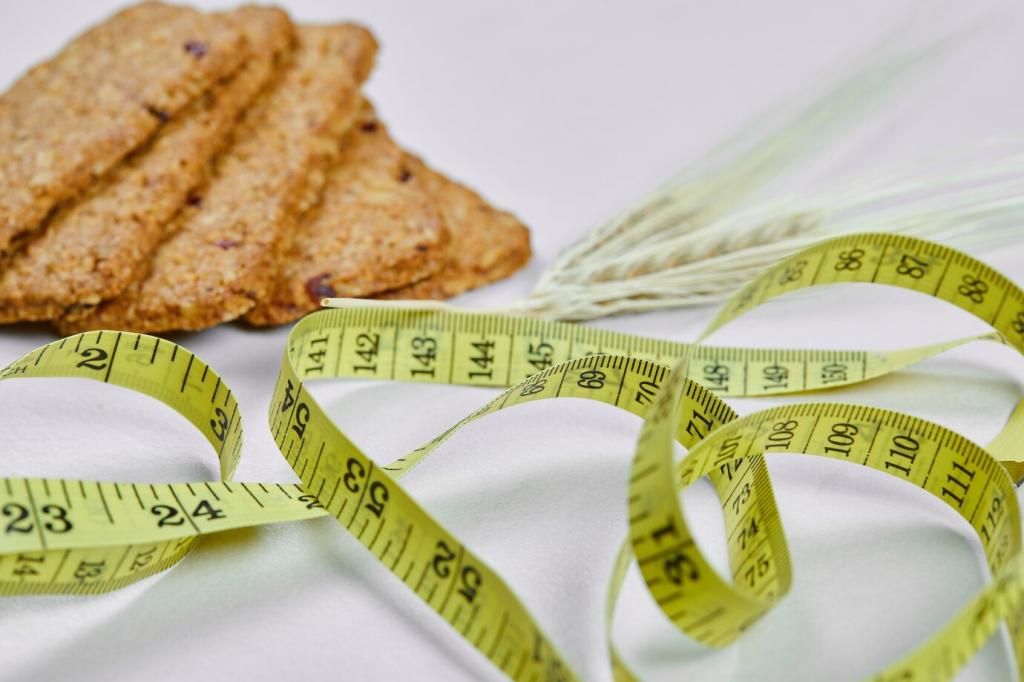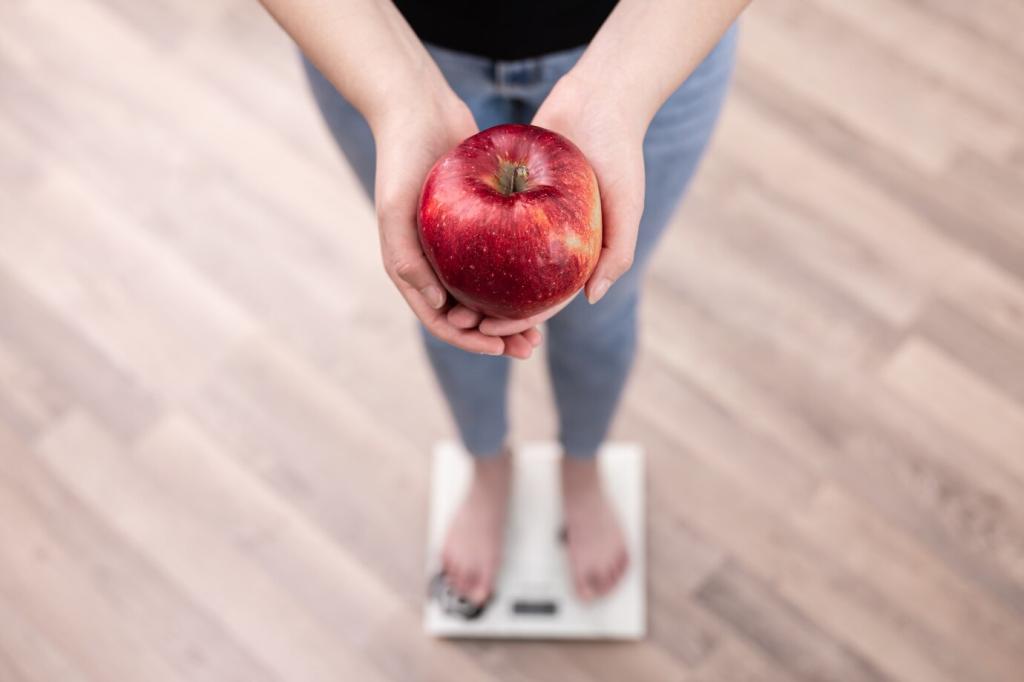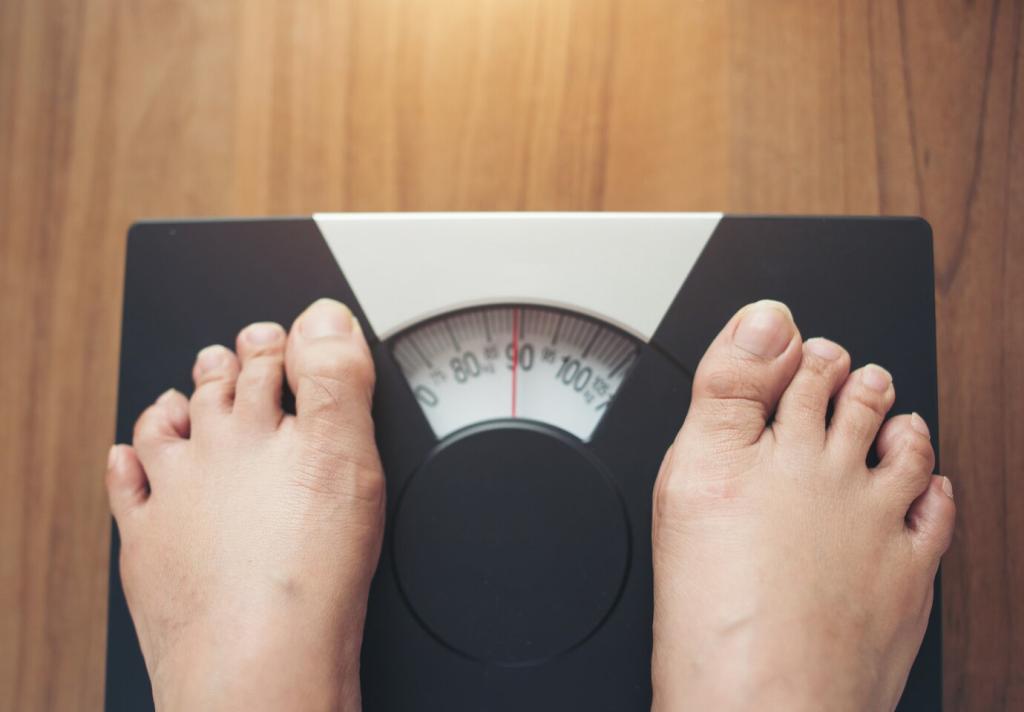Personalized Workout Routines for Weight Loss
Start With You: Assessments That Power Personalization
We begin with simple, honest data: step average, resting heart rate, waist measurement, recent activity history, sleep quality, and stress. These clues set intensity, frequency, and recovery so fat loss remains sustainable, realistic, and kind to your nervous system.
Start With You: Assessments That Power Personalization
Define precise outcomes: inches lost, clothing fit, energy at 4 p.m., or performance markers like ten push‑ups. Specific, time‑bound milestones keep workouts laser‑focused, letting your program evolve as your body adapts and your life rhythm shifts.
Start With You: Assessments That Power Personalization
Bad knees, night shifts, limited equipment, or a fifteen‑minute window are not excuses—they are blueprints. We translate constraints into smart choices, from low‑impact intervals to micro‑sessions, ensuring consistency beats perfection and momentum never depends on ideal circumstances.




Add a rep, slow the eccentric, shorten rest, or increase load when form stays crisp. Plan deload weeks before you feel wrecked. Thoughtful progression means you keep coming back tomorrow, which is where fat loss actually compounds and sticks.

Use a weekly average for scale weight, plus waist and hip measurements, progress photos, and a simple energy score. Trends beat daily noise. Celebrate non‑scale wins—stairs easier, sleep deeper—because those signals confirm your routine is working sustainably.

Rate of Perceived Exertion and heart rate zones keep workouts tailored to you. If life stress spikes, adjust targets, not your goals. Personalization flexes intensity so consistency stays high, recovery stays adequate, and results remain steadily in motion.
Deficit Aligned to Training Load
We match your calorie deficit to session intensity and weekly volume, avoiding aggressive cuts that sabotage performance and adherence. Moderate deficits paired with higher‑protein meals support recovery, reduce cravings, and help your body choose fat, not muscle, for fuel.
Protein Timing Without Perfectionism
Aim for protein at each meal, especially after strength sessions, to protect lean mass and control appetite. Perfection is optional; consistency is not. Think ready‑to‑eat options, simple shakes, and batch‑cooked staples that fit naturally into your daily routine.
Hydration, Electrolytes, and Appetite
Mild dehydration feels like hunger and drags energy. We set a practical water target, add electrolytes on sweaty days, and place fluids strategically around training. Small hydration wins smooth cravings and keep your workouts sharper, safer, and more enjoyable.
Mindset, Stories, and Staying Power
One reader started with five push‑ups before coffee and a ten‑minute walk after dinner. Weeks later, strength sessions felt natural. Small, easy wins rewired identity: “I am someone who moves,” and weight loss followed consistency rather than punishment.


Mindset, Stories, and Staying Power
When progress stalled, we nudged steps up by one thousand, swapped one HIIT day for Zone 2, and tightened sleep. Two weeks later, measurements shifted again. Personalization treats plateaus as helpful feedback, not personal failure or reason to quit.


Recovery First: The Unsung Hero of Fat Loss
Seven to nine hours stabilizes appetite hormones and supports muscle repair. Personalize a pre‑sleep routine—lights down, screens away, breathwork—to reduce cortisol. Better sleep makes workouts feel lighter, cravings quieter, and the scale more cooperative across the entire week.
Recovery First: The Unsung Hero of Fat Loss
Five focused minutes: breathing, dynamic hips and ankles, and light activation of glutes and upper back. Tailor drills to your restrictions so lifts feel smoother. Simple, consistent prep prevents tweaks, extends training longevity, and keeps momentum alive when goals are close.

Beginner with Desk Job
Morning: ten minutes Zone 2 brisk walk. Lunch: full‑body circuit—goblet squats, rows, incline push‑ups, hip hinges—three rounds. Evening: stretching and a stroll. Step target modestly increased. Protein at meals. Progress by adding a rep weekly while keeping form crisp.

Busy Parent with Fifteen Minutes
Two micro‑sessions daily: five‑minute warm‑up, eight‑minute EMOM alternating kettlebell swings and push‑ups. Later, a ten‑minute walk pushing the stroller. Weekend forty‑minute strength session. Meals prepped once. Personalization anchors consistency to tiny windows rather than waiting for perfect time.

Frequent Traveler with Hotel Gyms
Alternate days: treadmill incline walks at Zone 2 and dumbbell full‑body sessions with carries. Pack a mini‑band, set a step quota for airports, and schedule sleep windows across time zones. Keep protein portable. Adjust intensity to jet lag so adherence stays high.
Wearables and Honest Data
Heart rate monitors guide intervals; step counters reveal hidden sedentary stretches. Treat numbers as conversation starters, not verdicts. If recovery scores dip, shift to Zone 2 or mobility. Personalization means tech supports how you feel, not overrides your intuition.
Smart Home Equipment Choices
A pair of adjustable dumbbells, a sturdy bench, a kettlebell, and a band cover nearly every pattern. Choose gear you enjoy using. Convenience beats novelty for weight loss because it removes friction and invites daily, sustainable movement you look forward to.
Data Minimalism to Avoid Overwhelm
Track only what drives action: steps, two strength lifts, sleep hours, and weekly averages. More dashboards do not equal more progress. Personalization simplifies the signal, letting habits lock in while your body steadily trades stored energy for strength and confidence.
